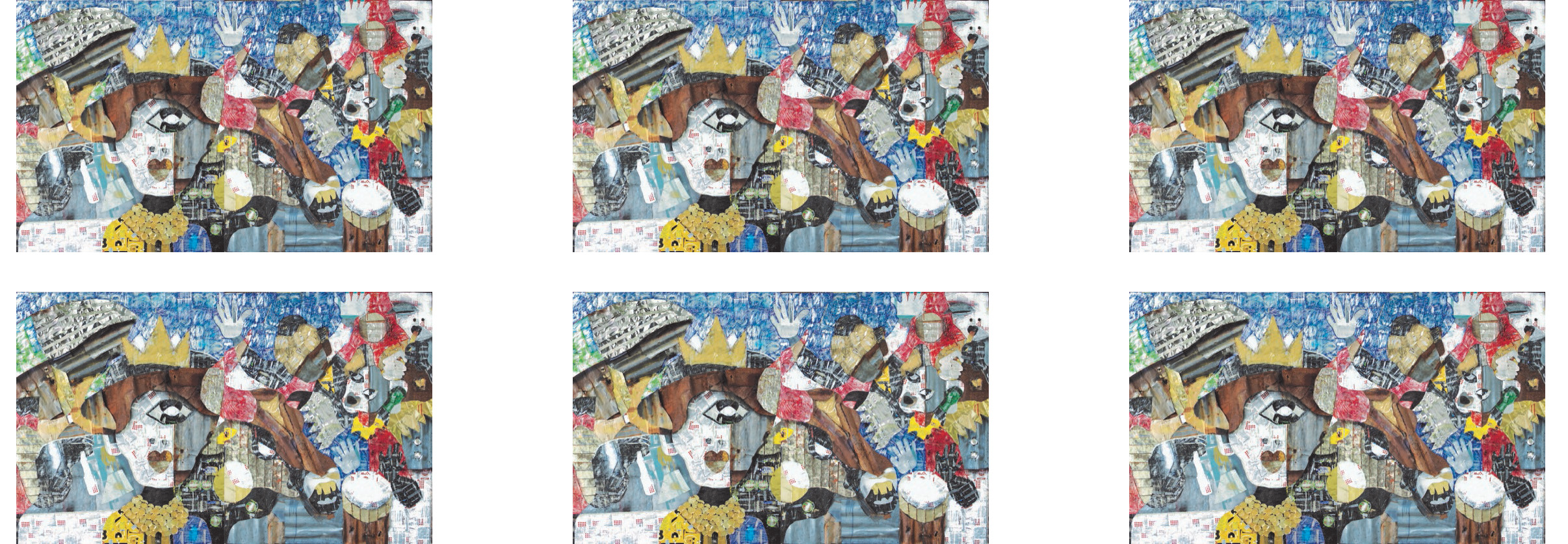Rom Isichei studied MA Fine Art at Chelsea College of Art, before moving back to his native Lagos, Nigeria where he has gone on to become one of the country’s most successful artists of the past decade.
His paintings of people often express a wide range of ambiguous emotions that are depicted in thick, bright colours, and fractured across overlapping panels.
We spoke to him about why he chose to study at Chelsea, and what his plans for the future are.
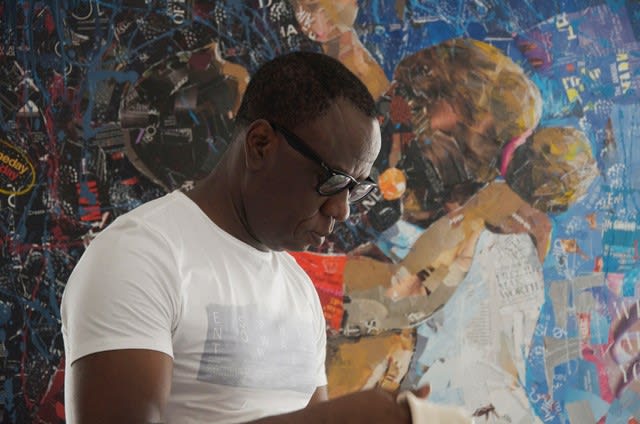
Why did you choose London, and Chelsea in particular to study your PG Diploma, and MA in Fine Art?
London is suffused with fitting monuments of the historical kind - Royal Albert Hall, Tate Britain, Tate Modern, St Paul’s Cathedral, British Museum, National Portrait Gallery, V&A, among many others - and as such has been bathed in a kind of vibrational and cultural energy which has made it a hub for creative minds. To study in London and have access to the art and cultural references embodied in these institutions is euphoric. Such are the attractions that pulled me to London.
Among art schools worldwide, Chelsea College has a pride of place. As expressed by a Nigerian proverb, “No-one throws stones at a fruitless tree” and the list of notable alumni’s like Anish Kapoor, Julian Opie, Steve McQueen, Peter Doig, Chris Ofili et al. attests to this proverbial idiom. The exploits of these former students inspired my choice of Chelsea.
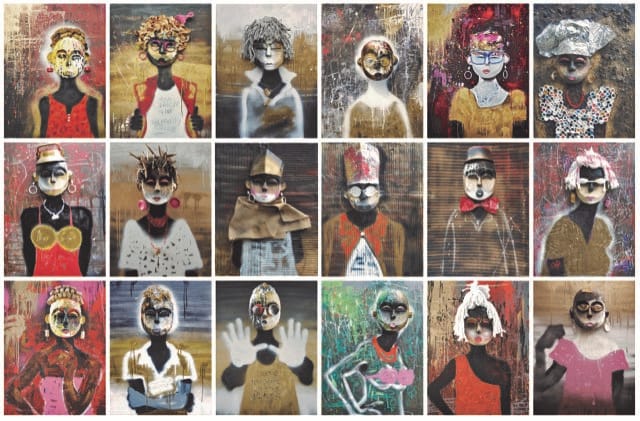
How was Chelsea different from your time at Yaba College of Technology in Lagos?
Chelsea was different from my time at Yaba College of Technology in the sense that Yaba Tech. nurtured, moulded, and instilled in me the basic tenets of the creative process as in compositions, human anatomy studies, perspectives in landscapes, colour sensitivities and material collage etc. These are traditional creeds grounded in the art historical canon of the renaissance. Chelsea, on the other hand, was more of a contemporary setup where you are not expected to adhere to any set rules but rather be 'open-minded’ with the belief that each accident is a roadmap to new discovery that may blur artistic boundaries.

What are your fondest/ strongest memories of Chelsea?
Having a supportive network of individuals during the course programme was my fondest memory. From the affable staff at the schools various workshops to the Library where any book not in stock could be easily accessed from the other five member colleges helped ease some of the complexities of the programme.
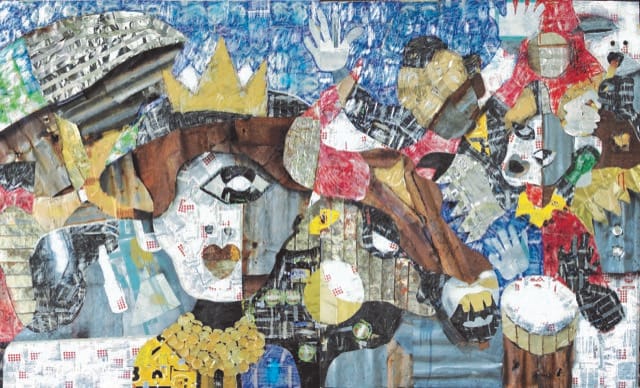
Did your time at Chelsea impact/change how you work? If so how, and does it still have an impact?
Yes, my time at Chelsea does have an impact on my work process. It may not have changed my themes drastically, but it sure has expanded my perspectives on my chosen themes/composition and widened my approach and methodology.
What did you do after graduating?
I returned to full time studio practice in Lagos after graduating, and still currently live and work in Lagos, Nigeria.
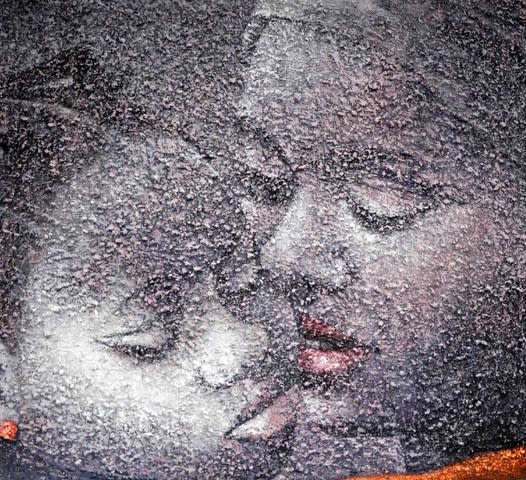
What is your main source of inspiration?
My works are mostly figurative and as such, the human form in close fusion to their socio-cultural and political space inspires me.
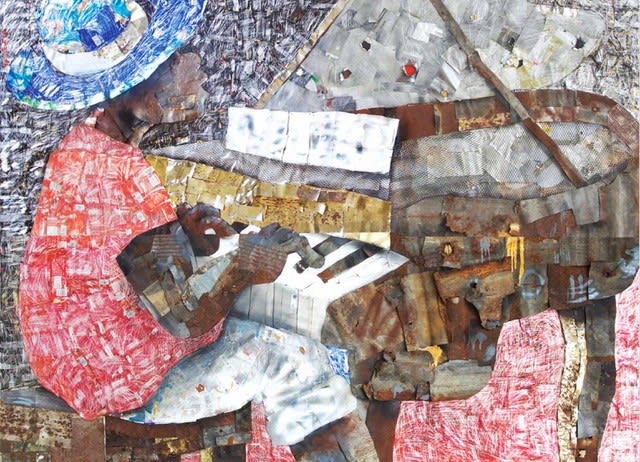
What is next for you?
My works over the years have persistently engaged with the object and material exploration, done mainly on such supports as canvas or wood panels.
But for the current year, I will work mostly on paper. My drawings in the past have served more as preliminary sketches to the main work, but I have decided to focus on these sketches and drawings as the finished work this year.
